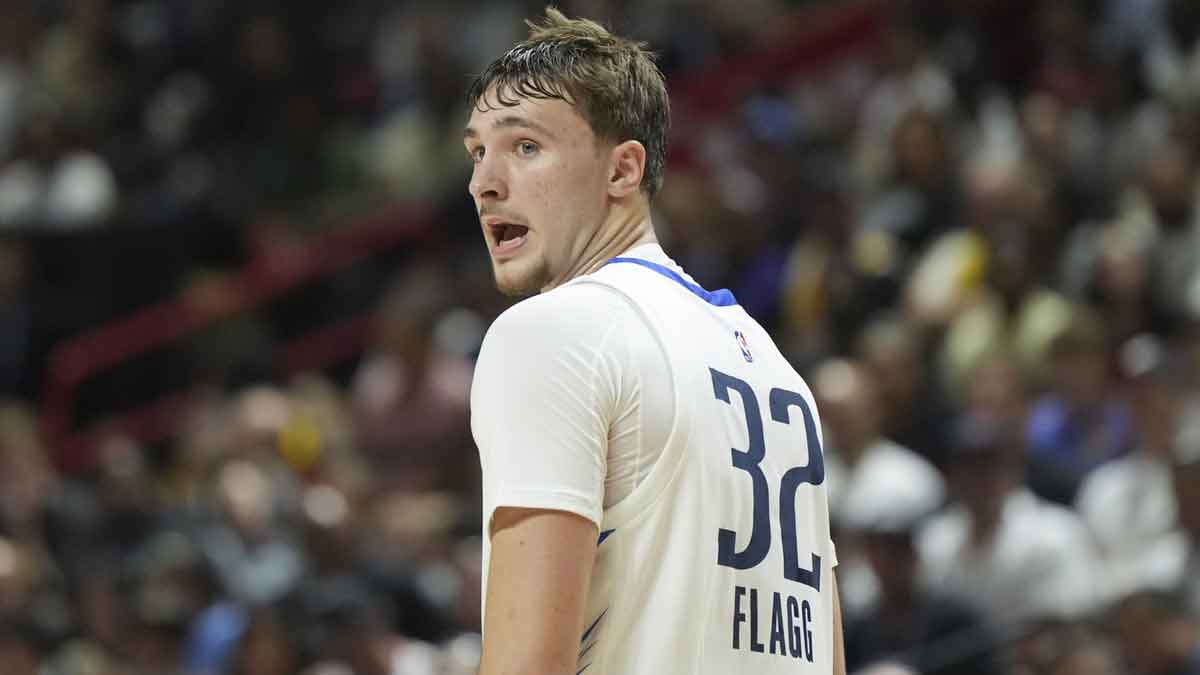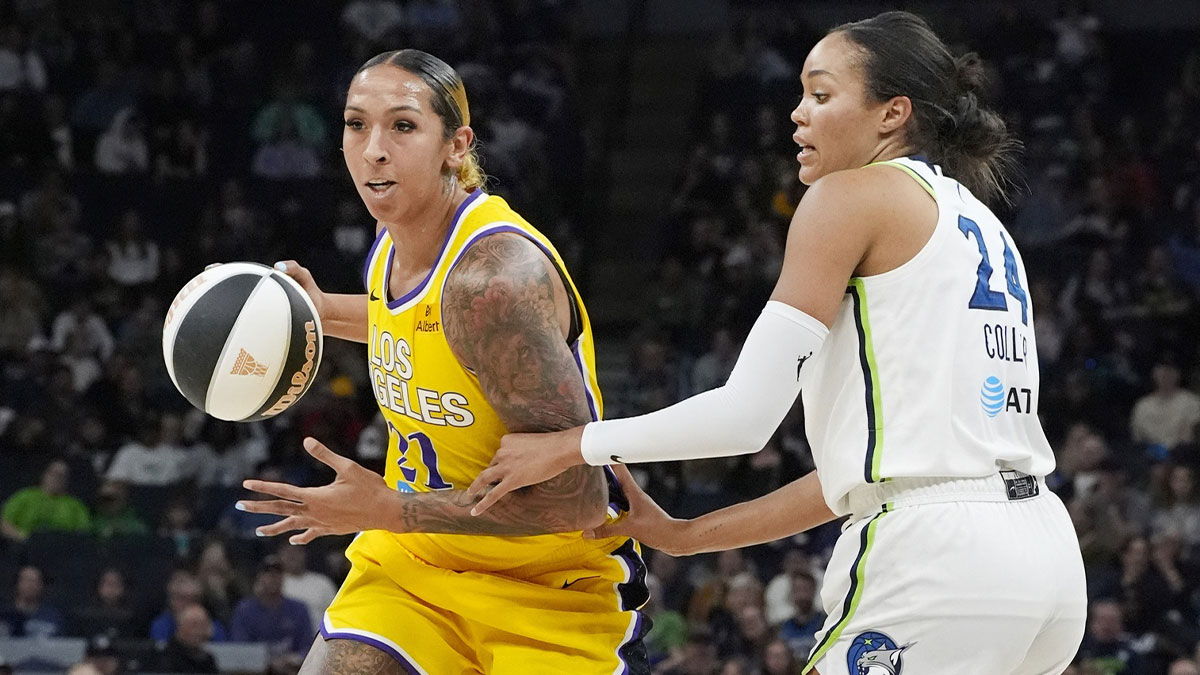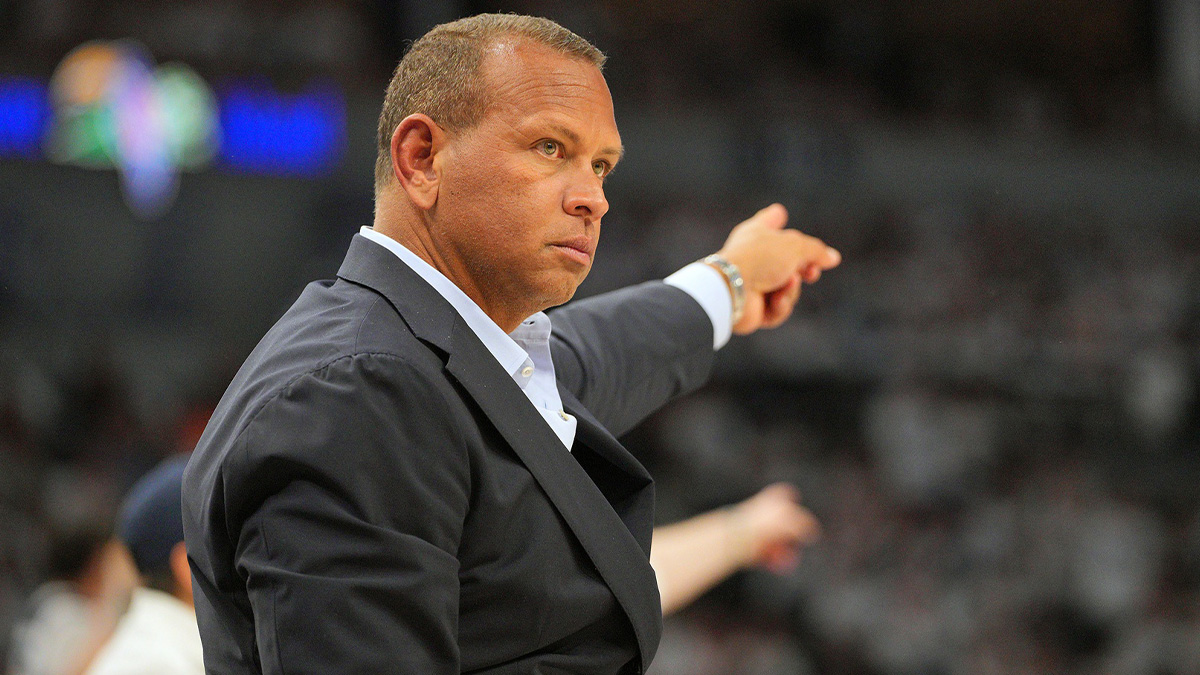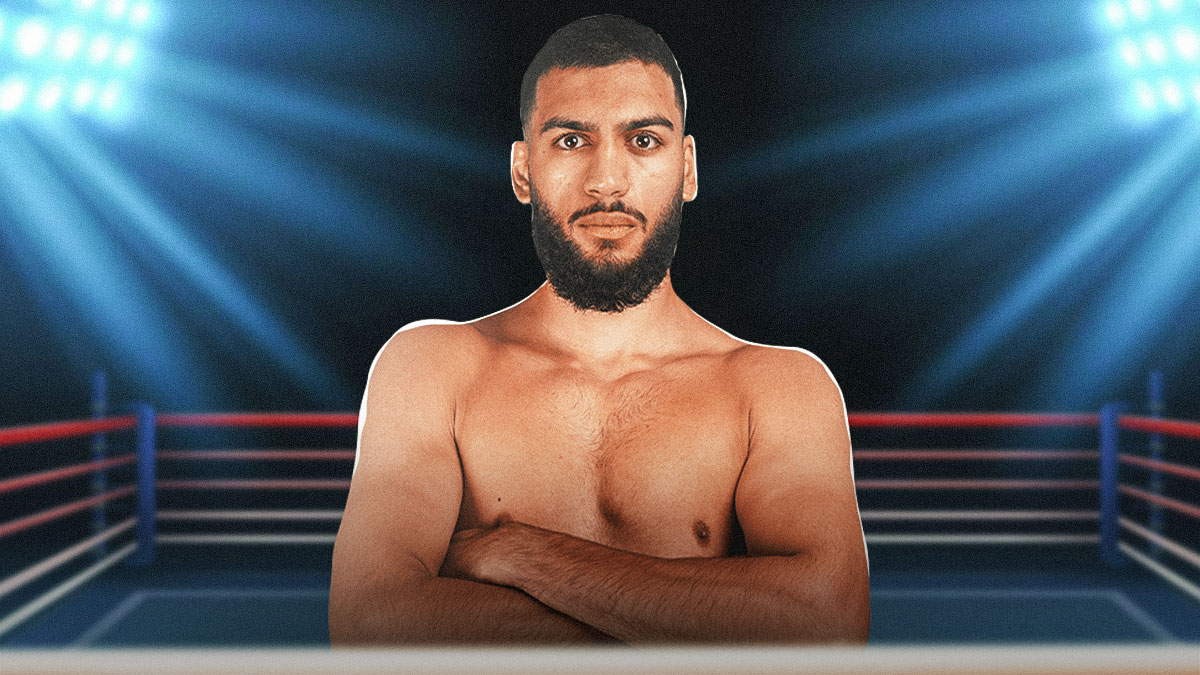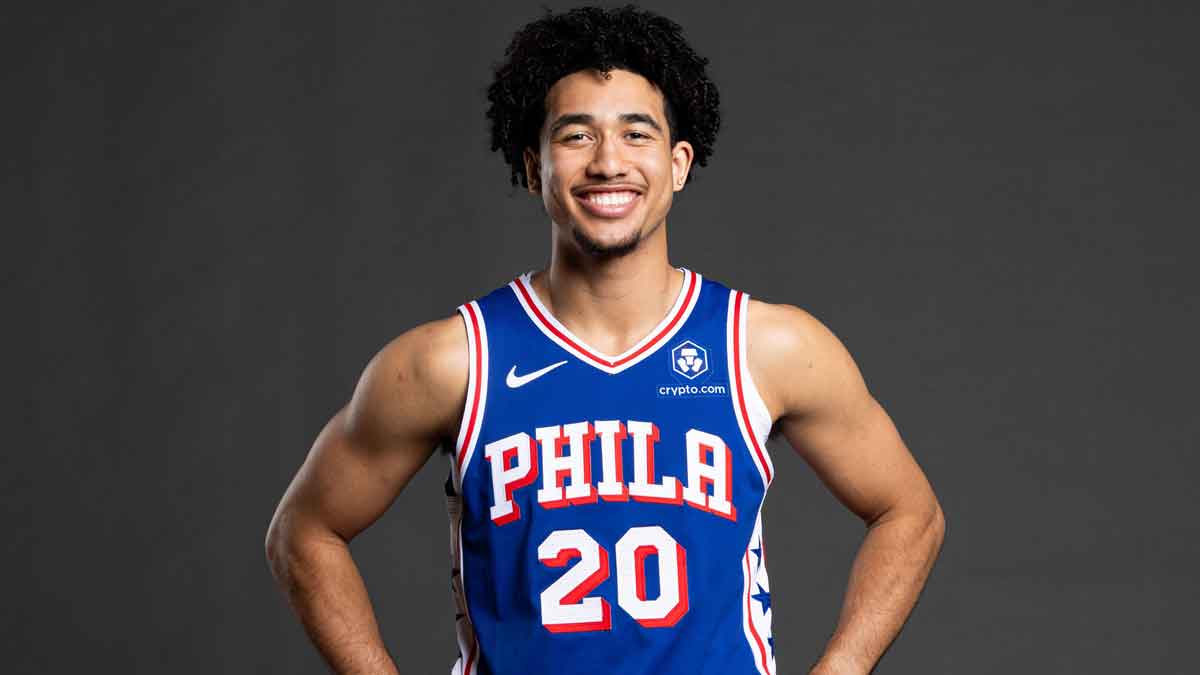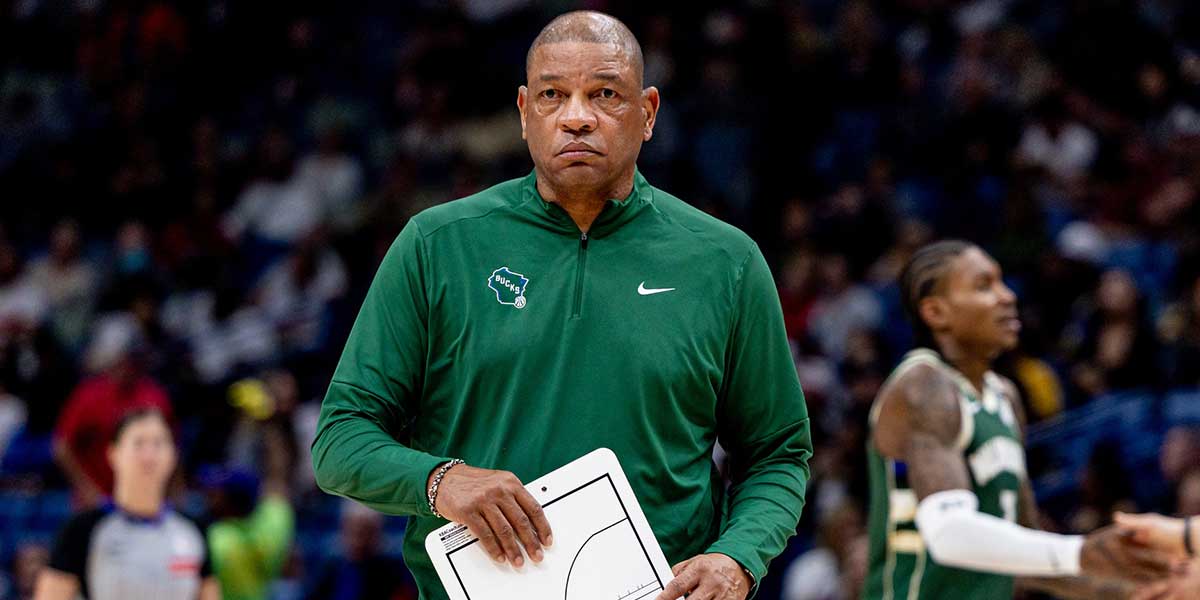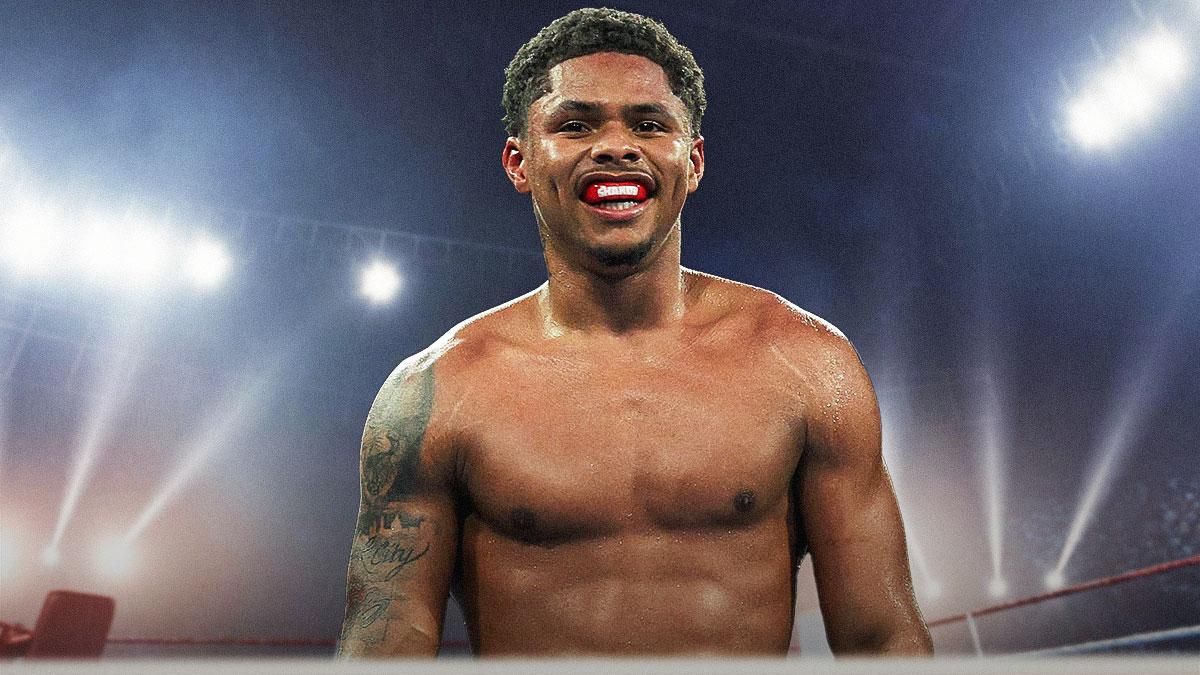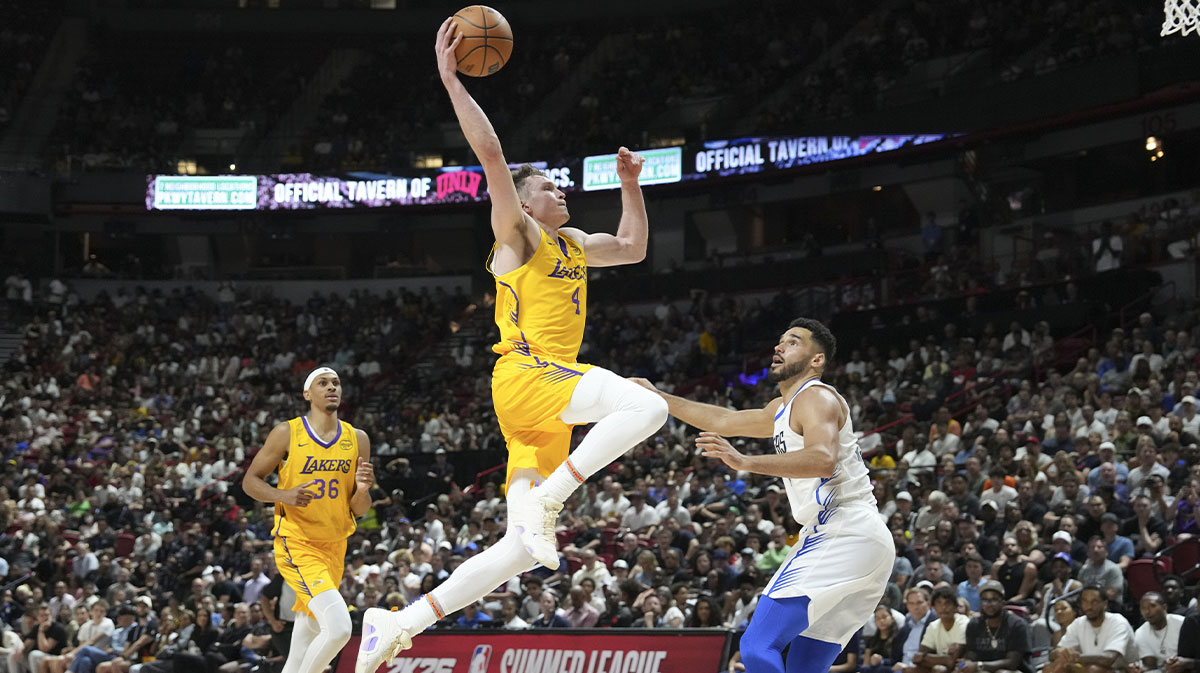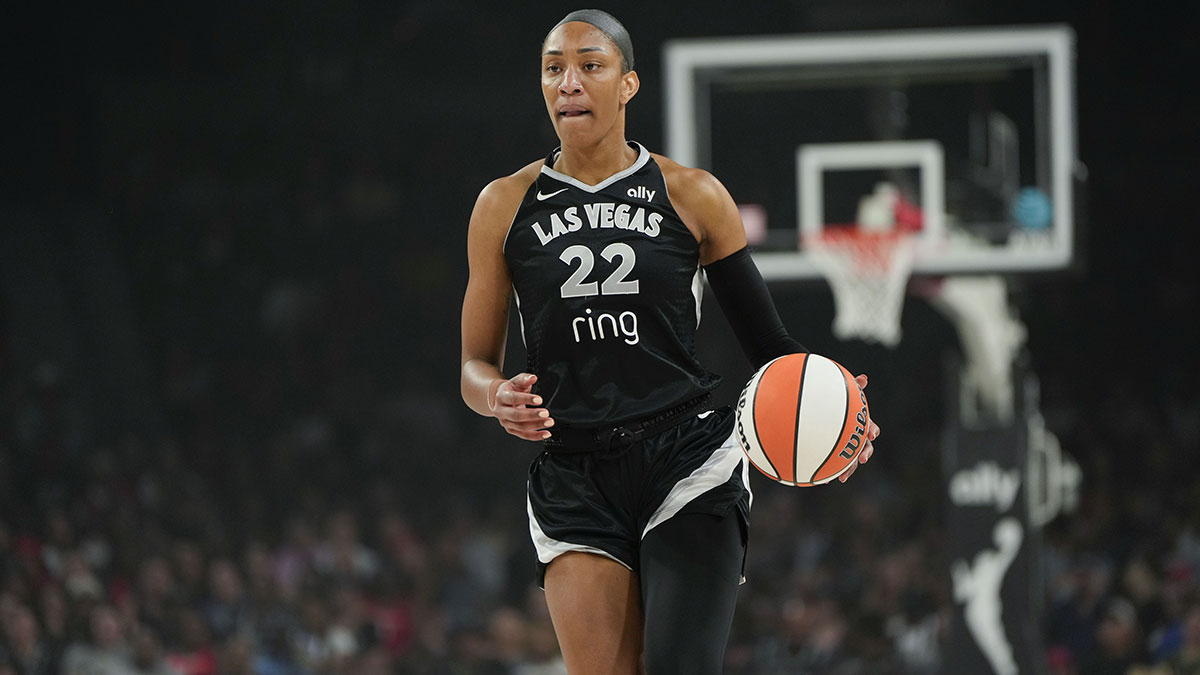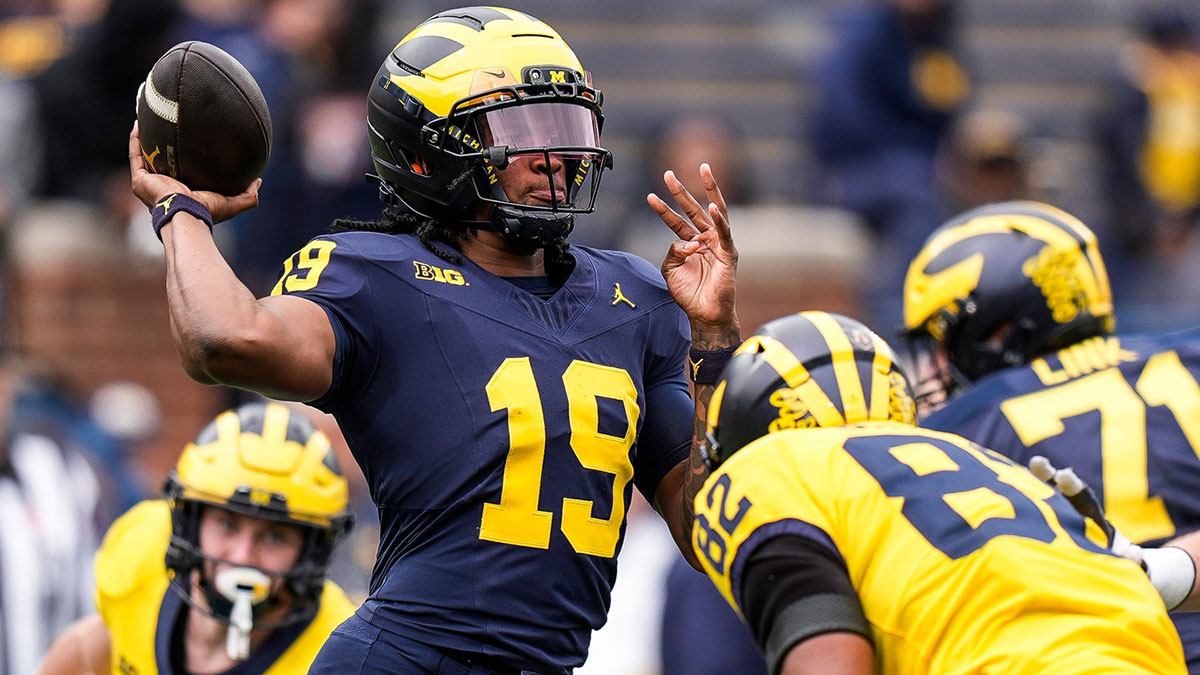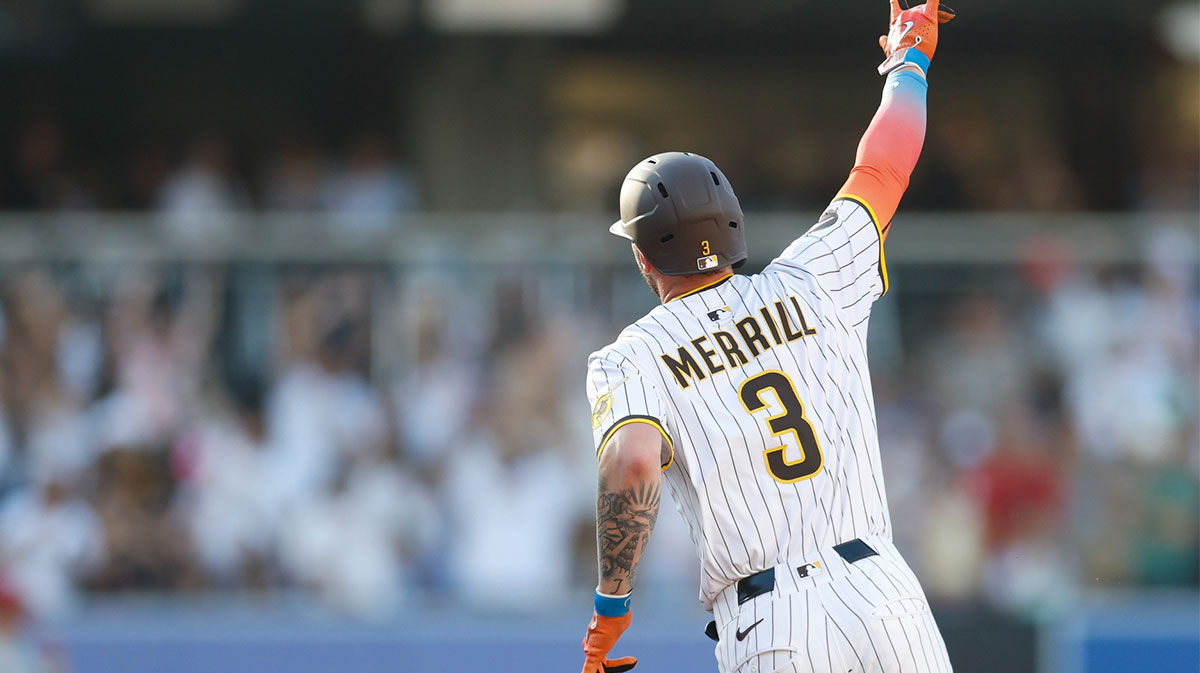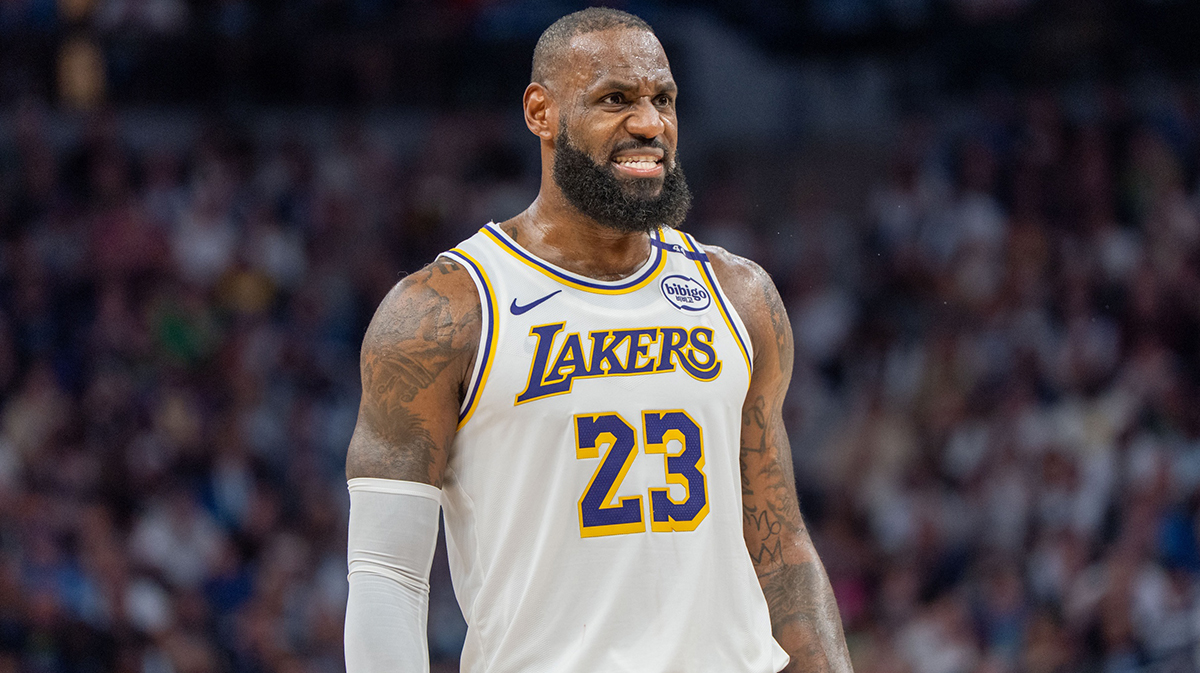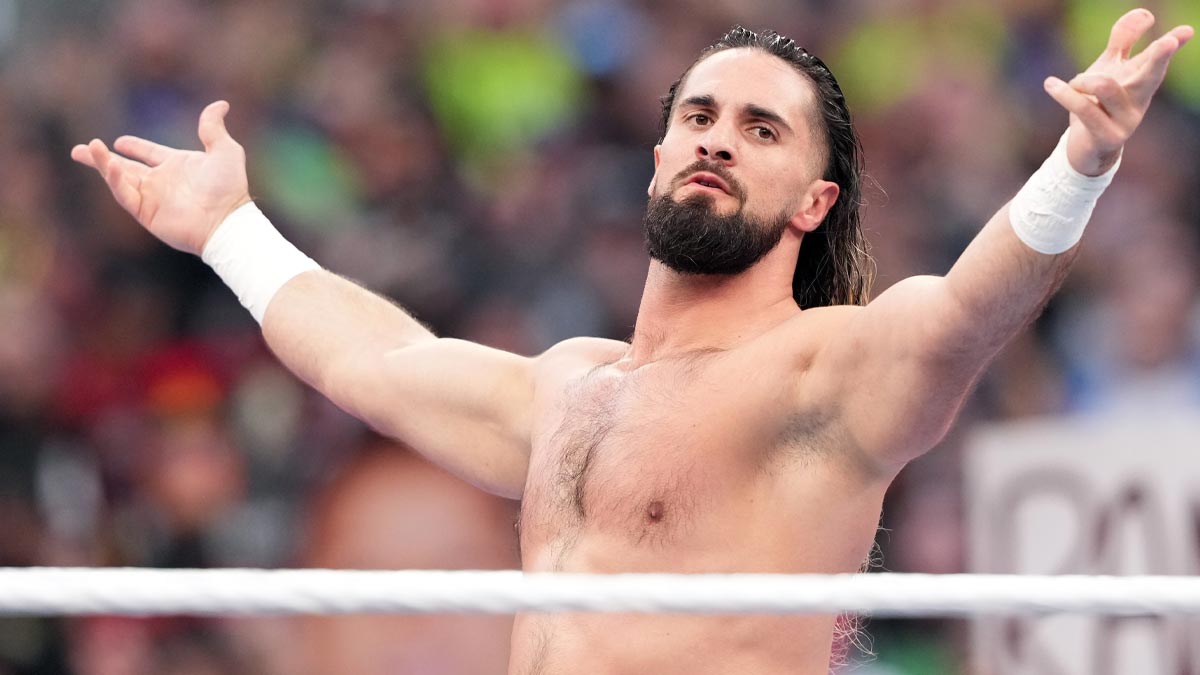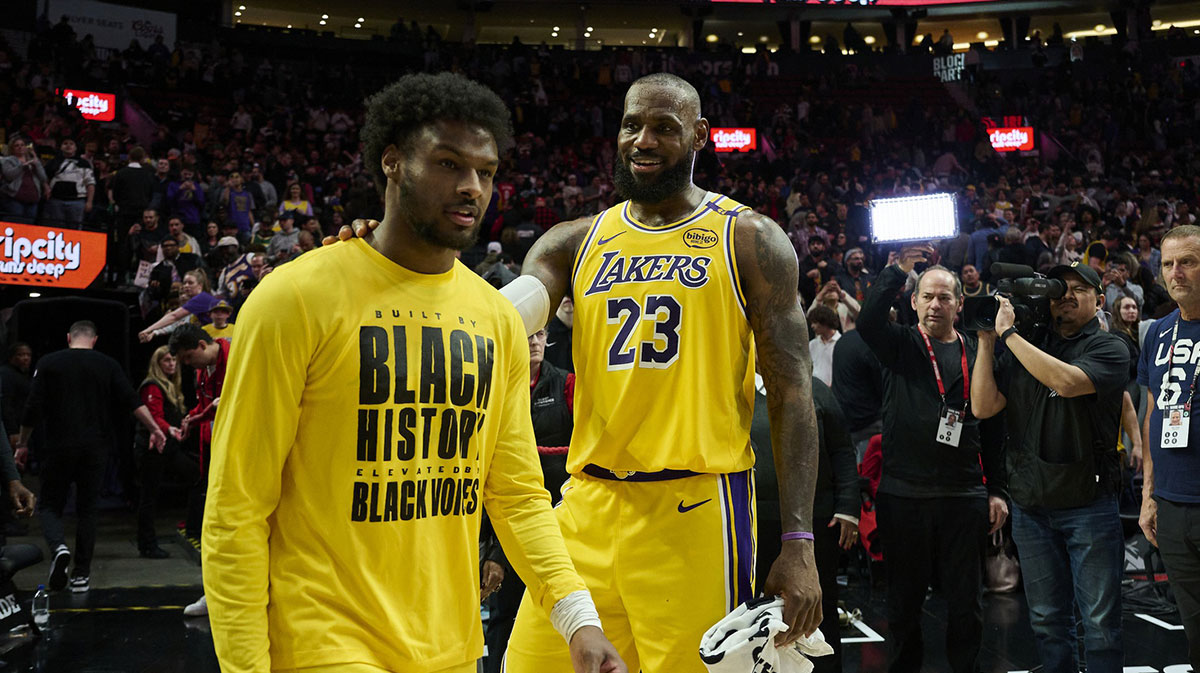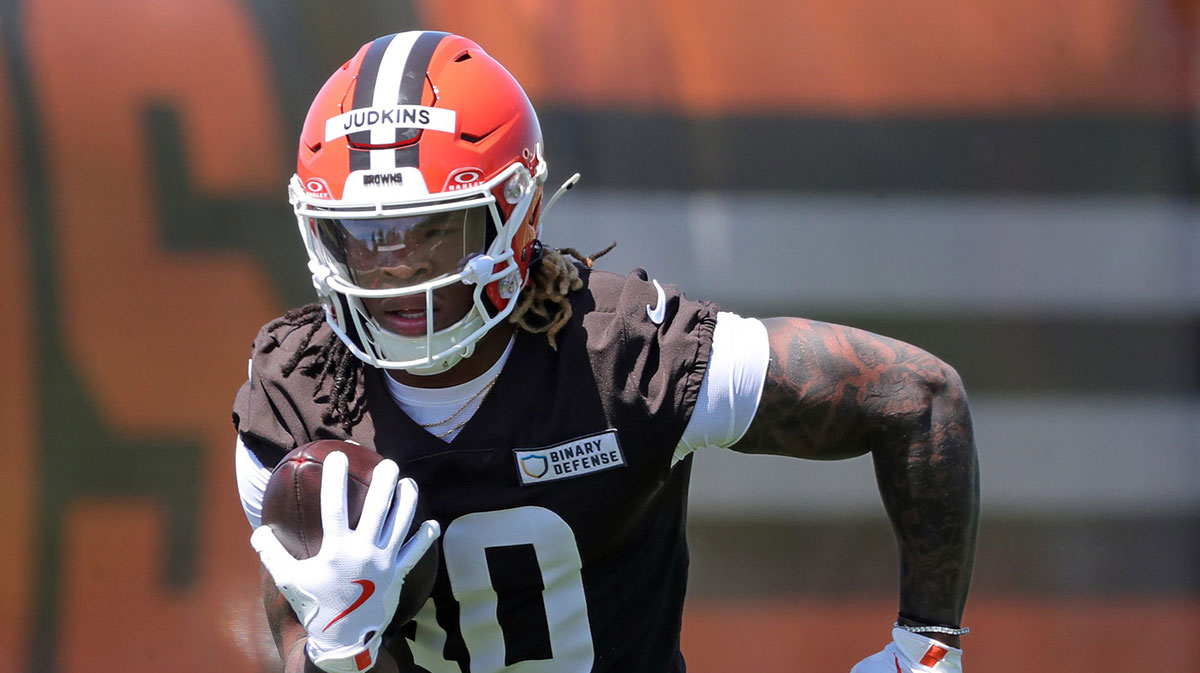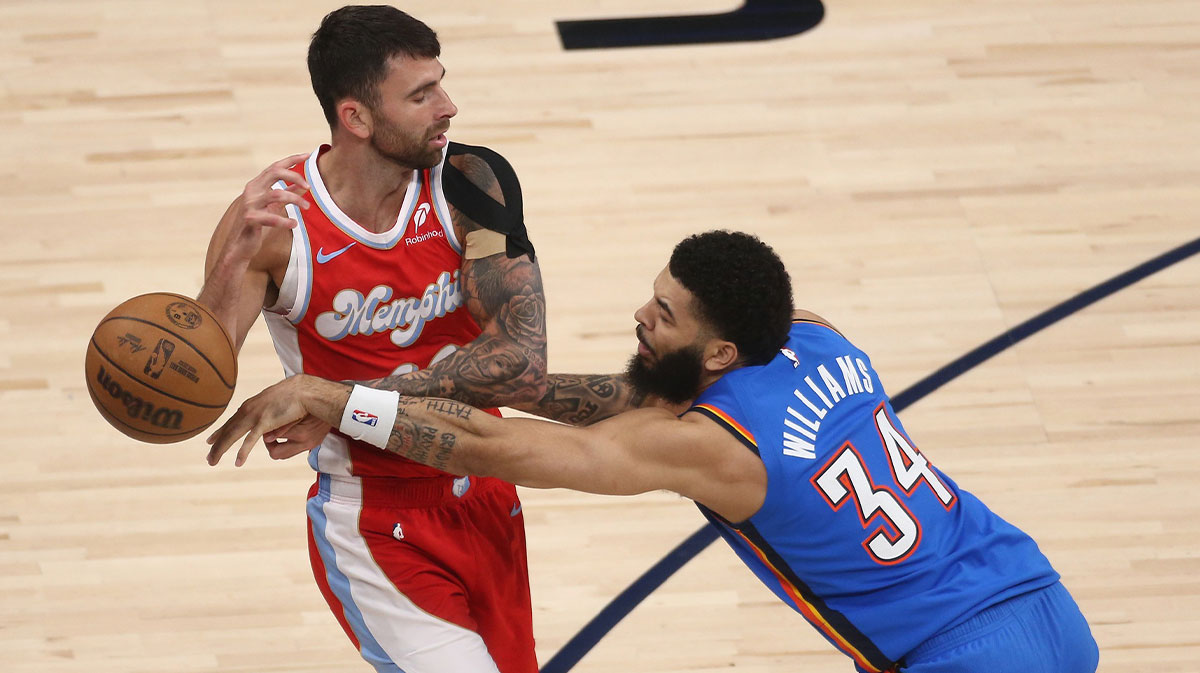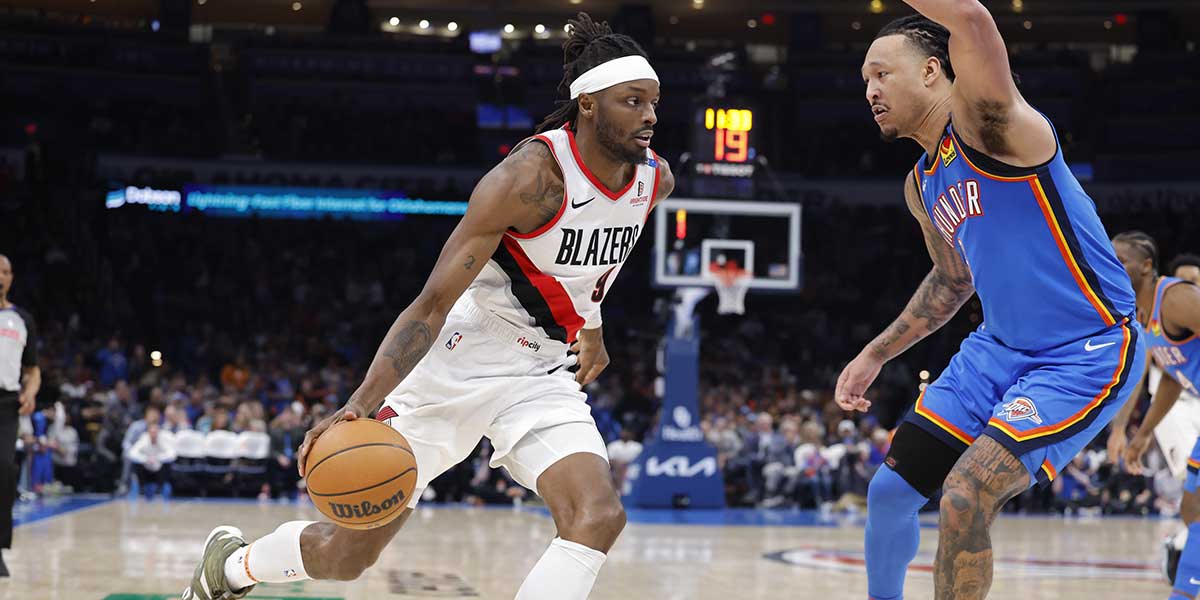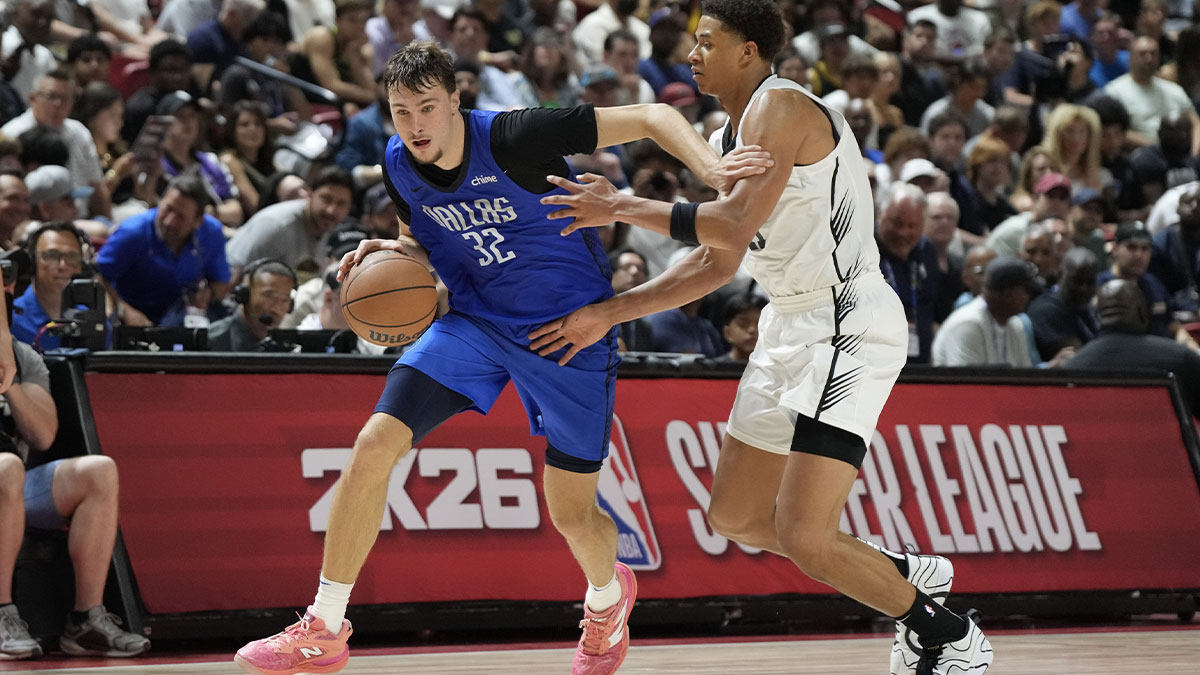It was recently revealed that the NBA is in discussions to create a second so-called “bubble” in Chicago for the eight teams not invited to Walt Disney World for the resumption of the 2019-20 eseason. This has been met with mixed responses, with the New York Knicks showing zero interest in the idea. But at the end of the day, this is actually a commendable move by the league.
For starters, we need to recognize the caveats. The biggest one, actually, is about the health and safety of the teams involved. The biggest reason why the league decided to invite just 22 teams to Disney World is to reduce the exposure of everyone inside the bubble. The basic principle is less teams means less players, which should translate to a lower risk of spreading the coronavirus.
In this respect, the second bubble in Chicago does seem counterproductive toward this cause, right? While this is true to some extent, an important thing to note is that this would be a league-sanctioned event if it actually happens. Therefore, the NBA would almost certainly implement the same safeguards it introduced in the Florida bubble to its iteration in Chicago.
There is no way the league can fully guarantee the health and safety of everyone who might join the Chicago bubble — similar to how there is also no guarantee in Orlando — but you can bet that they would be very strict in enforcing the rules that aim to achieve this objective.

Moreover, the NBA has no plans to force anyone to take part in the bubble against their will. Similar to the Florida bubble, players who are not comfortable with joining would be given the option to sit out. Simply put, players who are not comfortable in joining the Chicago bubble may choose not to do so. As a matter of fact, it would not be surprising if teams are likewise allowed not to participate if they so choose.
Now that we have that covered, we can now proceed to discuss the reasons why this is an excellent initiative by the NBA.
The most significant benefit of the Chicago bubble is it provides an opportunity for teams to carry on with their season. Despite the fact that it would be “unofficial” and would hold no bearing, it would still be a chance for teams to play out at least a part of the coronavirus-hit campaign. Even if it's only a few games (there are rumors that it could be four), that could still be help for development.
This is crucial for the eight other teams for a number of reasons. First off, it's a chance for young players to develop. It is no secret that replicating the level of competition during a normal NBA season is impossible. With the Chicago bubble in place, young teams like the Atlanta Hawks or the Cleveland Cavaliers could provide their young players with a legitimate atmosphere to hone their skills. A number of their players are at a crucial point in their respective developments, so having some semblance of the NBA season would be vital.

For other teams, such as the Golden State Warriors or the Minnesota Timberwolves, it's an opportunity to examine their new-look rosters. The Dubs, for instance, would love to see the type of chemistry Andrew Wiggins has with Stephen Curry before making a decision on the former's future during the offseason. While a guy like Curry, and perhaps even Wiggins, would almost certainly not play in any games in Chicago, they could potentially still get some practice time together during a minicamp.
Finally, you also have to factor in the financial aspect involved here. Due to the season hiatus, teams are already looking at significant financial losses as it is. While creating another bubble would cost money (not as much as the Disney bubble), the NBA would likely use it as a way to also get revenue back, perhaps through nationally televised games and other marketing initiatives. The creation of this second bubble could also help provide jobs in order to help support the players and teams involved.
Much like any other business, the NBA decided to reopen its doors primarily for financial reasons — to be able to do its share in kick-starting the country's economy. In this respect, it is only fair that the eight other teams also get their slice of the cake, in addition to giving young players an opportunity to get back out on the court and avoid an insanely long layoff.

